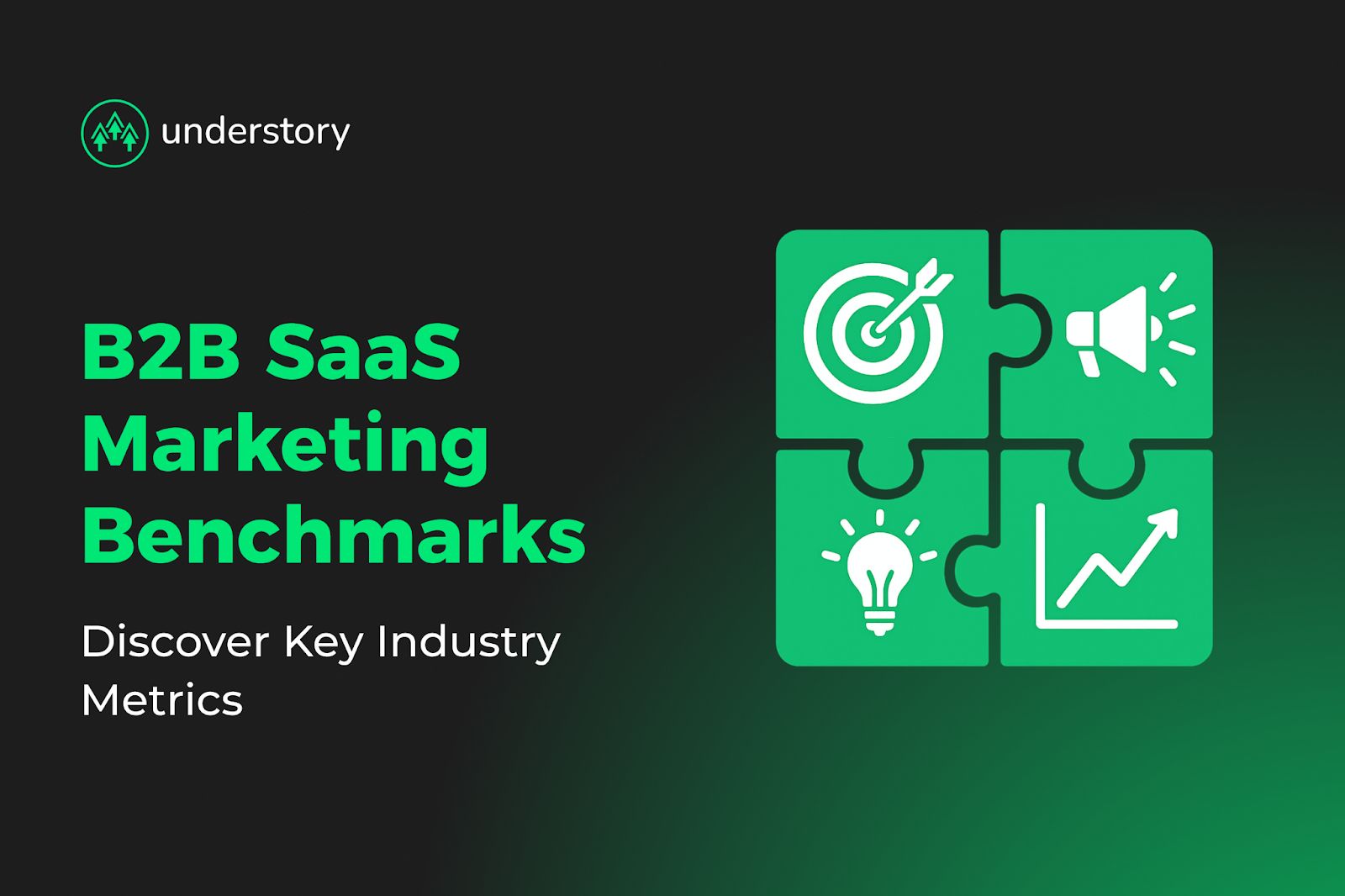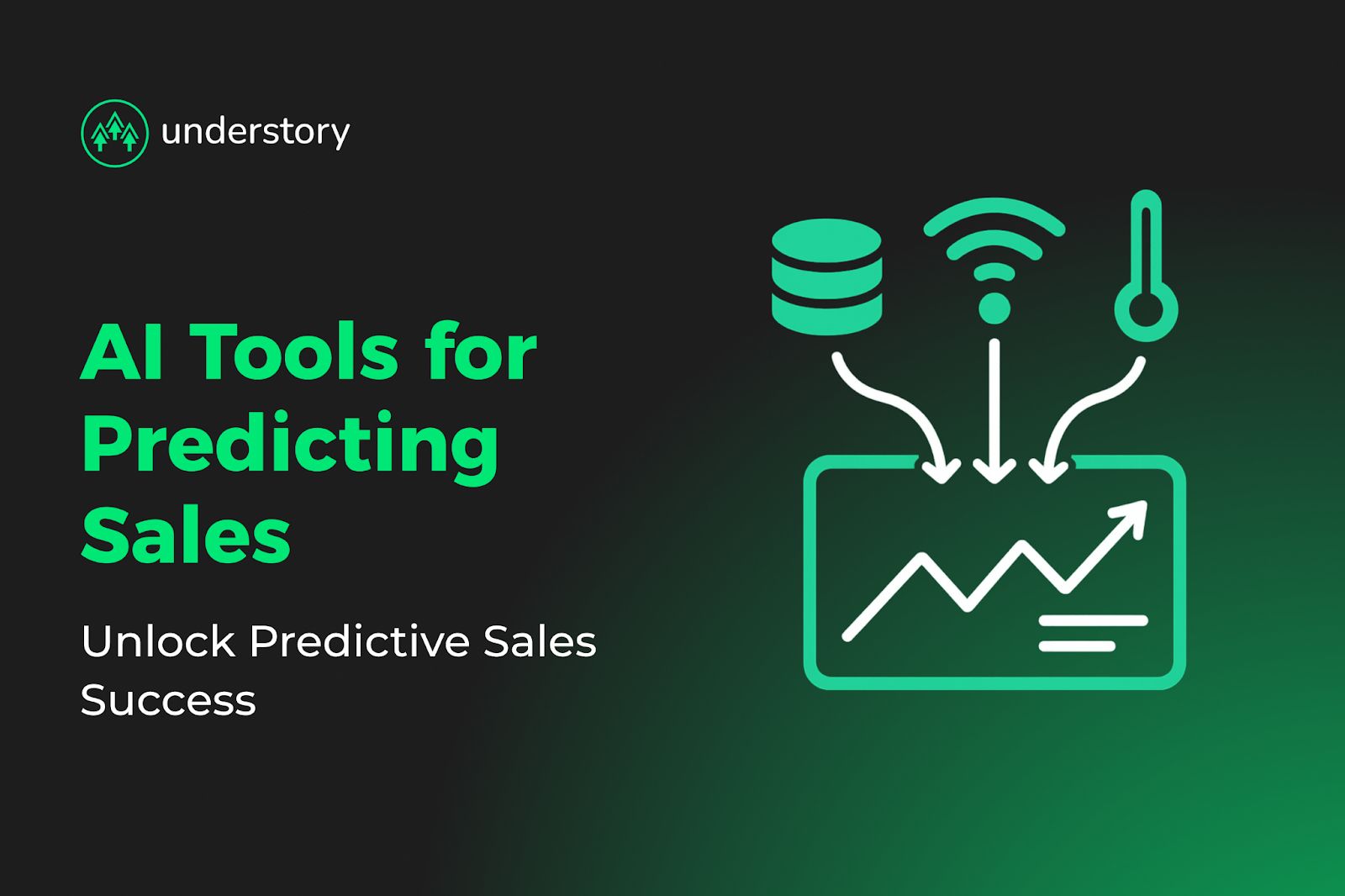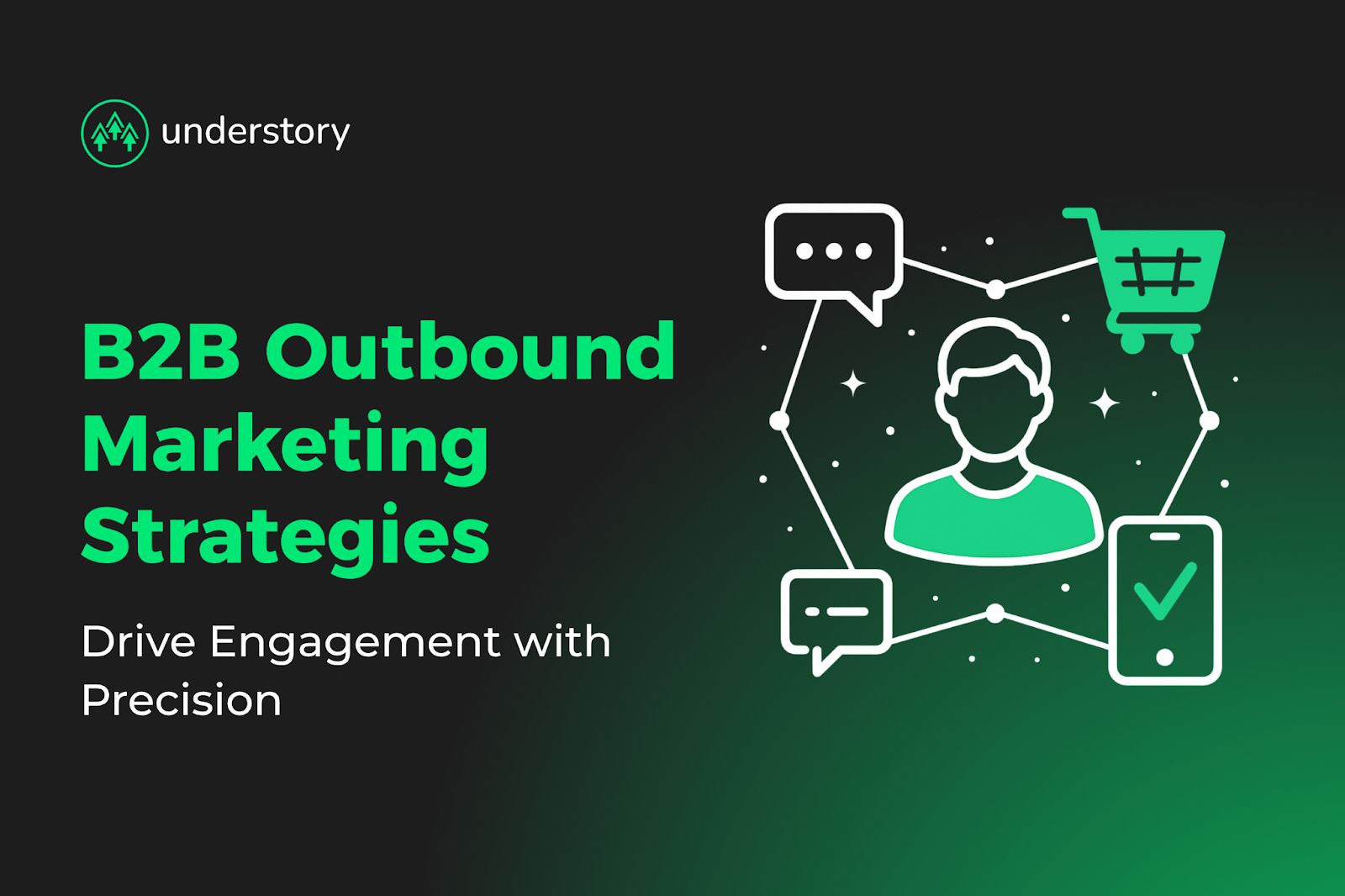
10 Current SaaS Industry Trends & Why They Matter for B2B Marketing
Implementation playbook for B2B SaaS leaders coordinating marketing across AI adoption and pricing evolution.
Catch up on our Understory Unfiltered episode sharing the story of Trigify
Max CEO and Co-Founder of Trigify, who previously scaled a company from zero to three to four million as VP of Sales, got fired for automating his own job out of existence. Hugo, his cousin and technical co-founder, joined after Max convinced him his Twitter tool idea "sucked."
Listen to this episode to learn how they built automated coordination workflows to run their five-person team, why PLG companies struggle more than expected, and the social warming workflow that's crushing outbound campaigns for high-ACV deals.
Max and Hugo are cousins who turned automation expertise into a thriving SaaS business. Trigify provides real-time social signal intelligence, tracking prospect engagement, thought leader content, and critical business events across social channels to power coordinated outbound and paid media campaigns.
Max brings VP of Sales experience scaling companies from zero to multi-million ARR, plus deep N8N automation knowledge. Hugo is both technical co-founder and CEO. Together, they've built Trigify to 300 paying customers with just five people by leveraging 30 automated agents that eliminate coordination overhead other companies handle with entire departments.
[01:24] The cousin duo's business history: from drop shipping ventilation flaps to becoming SaaS founders
[02:24] Getting fired for automation excellence: How Max automated himself out of a $70K SDR role and VP of Sales position
[11:44] Three pivots in one year: From AI SDR to allbound coordination signals to social-focused business intelligence
[22:13] Why PLG burns cash faster than sales-led motions: The harsh realities of product-led growth for early-stage SaaS
[29:22] Scalable acquisition strategies at SaaStock: QR code campaigns and getting told off by organizers
[34:42] Thirty agents running a five-person company: The automated allbound coordination workflows monitoring every customer interaction
[43:10] Social warming workflows: How customers use Trigify with Breakhold to warm prospects before outreach
[46:52] The psychology of repeated exposure: Leveraging social comments for higher response rates on cold outreach
Max learned this lesson the hard way when he automated his VP of Sales role so effectively that his company no longer needed him. "I started introducing all of these workflows and automations. And they were like, well, listen, we don't need you really anymore because you've created all this efficiency," Max explains.
This experience became the foundation for Trigify's core value proposition, addressing the challenge that manual processes often drain strategic thinking time from growth leaders. Max's firing validated that automation could eliminate entire job functions, but it also revealed the market need for tools that enhance human capabilities rather than replace them entirely.
Trigify executed three major pivots within a year, each driven by harsh market feedback. "The first month of TriggerFi being a SaaS product, we were an AISDR tool. And it was literally the very first person that went on to use us, typed in the most rogue prompt into the AISDR," Max shares, elaborating that he was skeptical the tool would work at the time. They pivoted from AI SDR to allbound coordination signals to social signals, finally finding traction in August of the previous year with their current focus. Each pivot cost time and resources, but taught invaluable lessons about customer expectations, market dynamics, and product positioning.
Despite the appeal of product-led growth, Max and Hugo discovered PLG creates unique operational burdens. "It's so much harder to close a $149 monthly deal than it is to close a 30, 40K deal. Like it sounds so weird, but it really is. And I tell you what, $149 deal requires so much more attention," Max notes. PLG customers expect extensive self-service support, have lower patience for friction, and create unpredictable churn patterns. Hugo adds that "any semblance of a sort of negative experience turns them off straight away and you lose them forever."
As we discuss in the episode, the path to PLG product-market fit typically burns more cash than sales-led approaches. While PLG promises capital efficiency, the reality involves expensive iteration cycles, failed automation experiments, and infrastructure investments that often exceed the cost of hiring sales teams to manually close deals. The payoff arrives once the system works, but early-stage SaaS companies underestimate the resource requirements to reach that point.
For SaaS companies considering PLG, this insight highlights the hidden costs of supporting high-volume, low-touch customers versus investing in relationship-driven sales processes.
Trigify operates with just five people but leverages 30 different N8N agents to handle functions typically requiring much larger teams. Max built a sophisticated customer success agent that monitors every user interaction: "Every click sync button that you press within TriggerFi is tracked via these agents that I have."
When usage deteriorates, the agent researches the user's company, analyzes their behavior patterns, creates personalized use cases, and reaches out via email or Slack with step-by-step optimization guides. This agent re-engaged 60% of low-usage customers. For SaaS growth teams, strategic automation can scale customer success, product engagement, and retention without proportional headcount increases.
Customer Stephen Brady developed a workflow combining Trigify with Breakhold that leverages psychological principles for outbound success. "If you put like the number five in front of someone's face, like all day, every day, and then ask them to think of a number at the end of the day, like they're most likely going to say five," Max explains, describing the core psychology.
The workflow involves finding thought leaders through Trigify, tracking their content, adding them to Breakhold for social feed monitoring, then commenting meaningfully on their posts daily. When prospects later receive outreach, they've already seen the sender's name multiple times through thoughtful engagement. This creates familiarity and trust before the first cold touchpoint, significantly improving response rates for high-ACV deals.
In the episode, we explore how we discovered this cross-channel coordination opportunity immediately when using Trigify. Social signal tools identify prospects actively engaging with relevant content across platforms. These engagement behaviors export directly into LinkedIn matched audiences, creating micro-ABM campaigns targeting people who've already demonstrated interest in specific topics.
These social-signal-derived audiences consistently deliver superior efficiency compared to standard LinkedIn demographic targeting because they're built on actual behavioral signals rather than static profile attributes. This approach exemplifies coordinated allbound execution where social intelligence directly informs paid media strategy.
Trigify is evolving from a prospecting tool to a SaaS growth coordination platform for critical social events. Max explains that Trigify offers "real time business intelligence that basically empowers your org to make decisions."
Instead of monitoring individual prospects, the platform will alert companies to critical events across social channels that could impact share price, investor confidence, or consumer trust. This includes competitor intelligence, brand mentions, product insights, and crisis management signals. For enterprise SaaS companies with significant social exposure, this evolution addresses the challenge of identifying needles in haystacks across thousands of daily mentions.
Trigify's scalable acquisition campaigns, including QR code stunts at SaaStock, generated significant attention but revealed a crucial insight about marketing-product fit. "The marketing strategy then sends a net quite wide. And you got to have a product that can kind of cater to that. Otherwise it's totally pointless," Max explains. They discovered their marketing attracted more attention than their product stage warranted, creating a mismatch between expectations and delivery.
Controversy-driven marketing works when executed strategically. Founders like Adam Robinson and companies like Artisan demonstrate that creating intentional tension generates attention that converts to revenue. The approach requires courage and willingness to be provocative, which makes the space more dynamic and engaging. However, this viral approach only succeeds when product readiness matches marketing reach and proper ICP qualification prevents attracting unqualified noise.
"The more viral you go, the more like non-ICP individuals that you get. So you've got to have a way of qualifying them through the product," Max adds. For SaaS growth leaders, this highlights the importance of aligning marketing reach with product readiness and ICP targeting to avoid wasting resources on unqualified traffic.
Want more insight on implementing social intelligence in your GTM strategy? Listen to the full episode on YouTube and subscribe to Understory's podcast for more insights on competitive intelligence and sales automation.
Looking to eliminate the allbound coordination overhead that's slowing your SaaS growth? Book a call with Understory to explore how expert allbound execution can replace your need to manage multiple specialists and let you focus on high-leverage strategic decisions.

Implementation playbook for B2B SaaS leaders coordinating marketing across AI adoption and pricing evolution.

Industry data on customer acquisition costs, lead conversion, channel ROI, and trust-building strategies for growth leaders.

Choose platforms that eliminate spreadsheet forecasting and show real-time pipeline health across channels.

Build high-performing outbound systems using automation, attribution, and coordinated touchpoints across multiple channels.